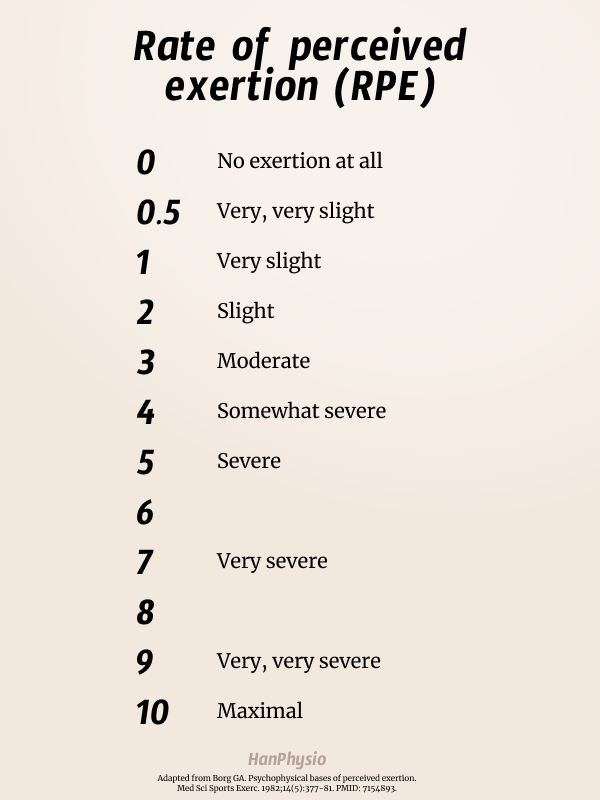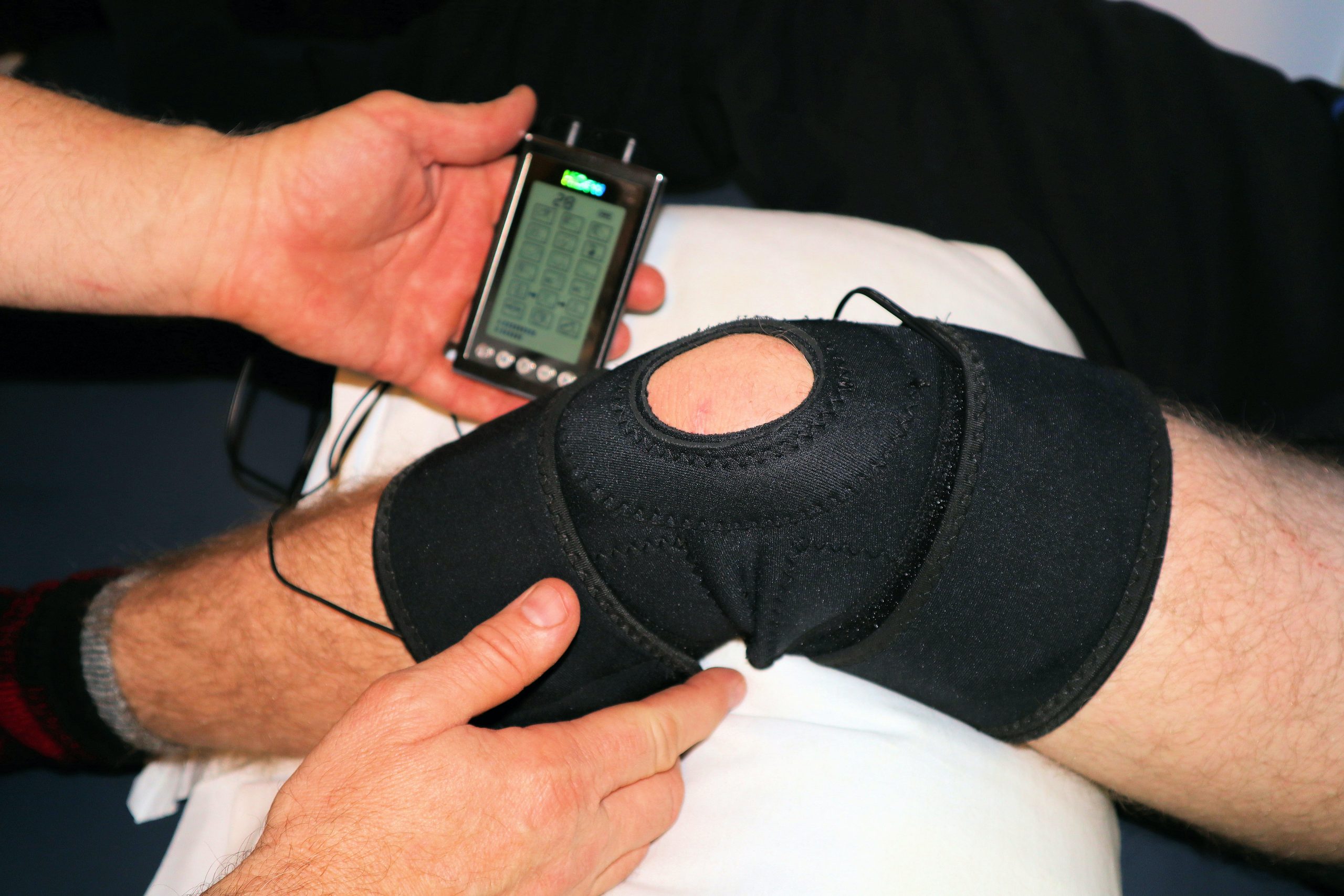As a physiotherapist, a large part of my job is helping injured individuals keep active while rehabbing an injury. I have this conversation with just about every single patient that I treat!
4 tips to modify your activities when injured:
- Focus on what you can do
- Adjust the intensity or duration
- Modify the technique
- Take intentional breaks
If you’re struggling with an injury, it can be frustrating to have to give up activities that you enjoy.
Hopefully, you were told about how to modify your sport or activity while injured, and made a plan with your physiotherapist to gradually get back to your pre-injury level! It’s important to remember that you can often modify activities to make them more manageable and avoid further injury or discomfort.

Here are 4 tips I use during my physiotherapy assessments to educate patients on modifying activities while injured.
Focus on what you can do
A lot of times the injury takes you out of your main form of exercise or activity, and that was the reason you finally came to see me, a physiotherapist! It feels like you’ve lost control over the pain or injury and needed help figuring out what to do.
My advice and part of our assessment is to find out what you CAN do. I usually take patients through a series of questions to find out when the pain comes on and then we determine a level of activity that you are able to do without aggravating the injury.
Questions you can ask yourself:
- How much of your sport can you do before the pain comes on?
- Does the pain get worse the next day after you do your sport?
For example, if you’re struggling with knee pain, you may need to modify your running routine, but you can still enjoy other forms of exercise such as swimming or cycling if your pain is continually getting worse the next day after a run. We may also find out that you can run on a treadmill at a pre-determined pace for a set duration, like 10 minutes, but then must have a 5 minute walking break, which is determined by how much you can do before you get pain and working backwards from there.

Adjust the intensity or duration
When the pain is manageable and not severe, and in our assessment we find out that you can keep doing your sport, then I might advise you to reduce the intensity, duration or frequency.
Intensity can be determined by using Rate of Perceived Exertion, or RPE. This can change day to day, but if I were to ask you how hard a 5km run usually feels when you are not injured, and you say a 7/10, then my general advice is that we want to reduce that to at least a 3/10.
Usually at a 3 or less out of 10 on the RPE scale, you can still hold conversations while doing the exercise, like a run. It should feel fairly easy.
Duration cand frequency can be adjusted accordingly as well. If you are used to doing 30 minutes of running 3x/week but you get pain at 20 minutes, then I may split up your running bouts (so how frequently you go for a run) over 5 days and reduce the duration from 30 minutes to 15 minutes each.
Modify the technique
These are short term changes to how you do your activity or sport that allows to keep doing the activity, but with less pain or less aggravation to the injury. It is injury- and athlete-dependent so we would determine this in the physiotherapy session.
Here are some examples:
- If barbell backsquats cause your pain, the technique change could include switching to front squats, trying box back squats, using dumbbells instead of a barbell, changing the depth of the squat, or your foot positioning in the squat.
- If running causes your pain, I may watch your running technique and suggest increasing your cadence, or trying to land more on your heel (takes load off the ankle complex) or landing more on your forefoot (takes load off of the knee complex).
- If lunging or split squats are hurting, we may try reducing the shin angle, or reducing the depth of the split squat, or having you do more of trunk forward lean.

You can find videos to help with Anterior Knee Soreness on my app Ripple. I use this technique modification with many ACLR patients.
Take intentional breaks
I know that the athlete mentality makes it hard to take breaks, I have been there many times myself! I explicitly lay it out for patients. I say “You can run for 10 minutes, and then you must take a 2 minute walking break.” or “You can play pickeball for 10 minutes then you have to sub out reagrdless of the stage of game.”
If you’re experiencing pain or discomfort, taking breaks can help alleviate symptoms and prevent further injury. I find that giving patients very clear instructions, it makes it easier to decide when to incorporate breaks and takes the decision making out of the equation. As the injury heals and we progress, then the breaks are shorter, and the frequency reduces.
Use these tips next time you are injured to make sure you can stay active!
It isn’t easy being injured and sometimes it’s even harder to see the past your injury. Having a physiotherapist go through your injury with you and make suggestions, recommendations and injury-specific calls can make a huge difference navigating your rehab journey.
If you’re struggling to figure these things out yourself, let’s chat! It’s my job to help you navigate your injury.
References:
Borg GA. Psychophysical bases of perceived exertion. Med Sci Sports Exerc. 1982;14(5):377-81. PMID: 7154893.



